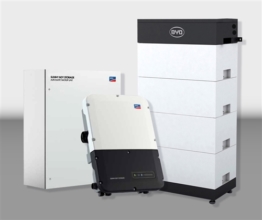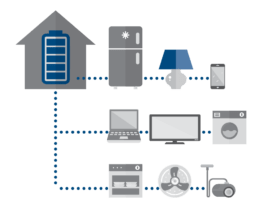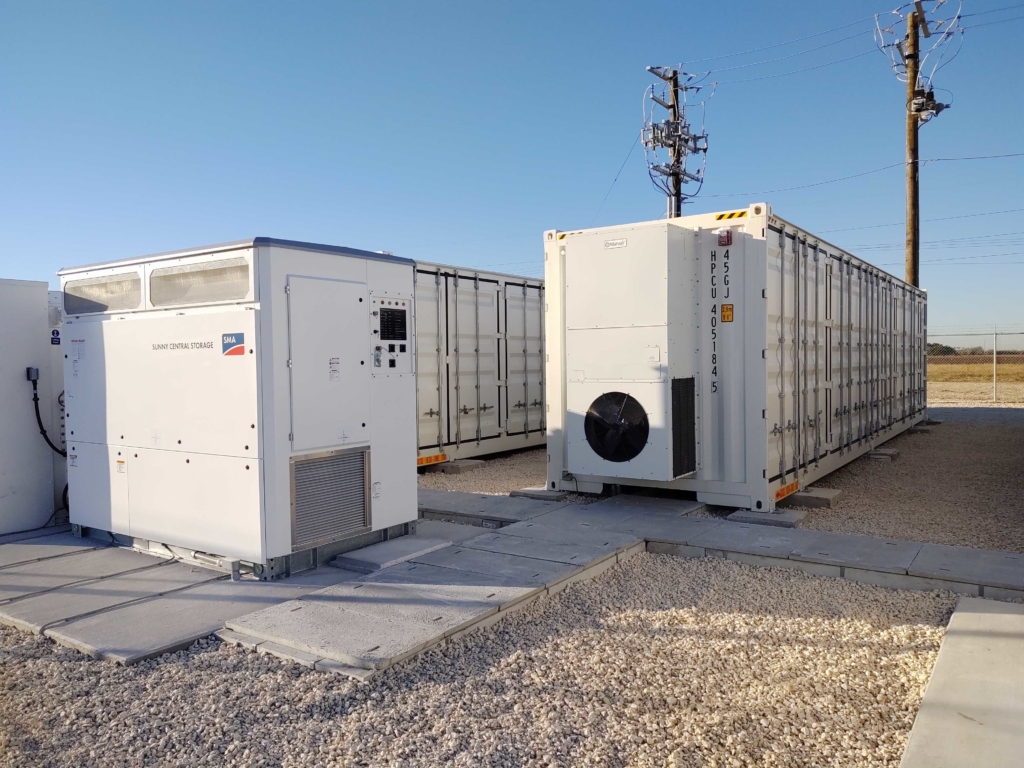How Solar Installers Can Be a Resource for California Customers in the Era of Public Safety Power Shutoffs

For residents in California, 2019 and 2020 brought about a new phenomenon: public safety power shutoffs. Utilities Pacific Gas and Electric, Southern California Edison and San Diego Gas & Electric participated in proactive power shutoffs aimed to prevent wildfires that might occur from electrical equipment sparking during high-wind events. To determine when to deploy the shutoffs, the utilities identified high-risk conditions when gusty winds and dry landscapes heightened fire risk.
Throughout the fall of 2019, these shutoffs impacted more than 3 million Californians. The public safety power shut offs are projected to continue over the next decade while infrastructure is updated. Installers can play a key role in helping Californians understand their individual risk and what precautions they can take to protect themselves and their families.
Solar professionals can demonstrate understanding of the inconvenience and frustrations of shut offs and help educate homeowners on how proper preparation and solar power systems can better equip their homes during these times.
How Independent Energy Supply Can Offer Peace of Mind
A major factor for consumers is securing an independent energy supply, which can offer great peace of mind. Through solar systems with battery storage, individuals can count on independent backup power for their homes. Backup power is not a new concept; it has long been popular in storm-prone regions or locations where the electric grid is simply unreliable. But now as California wildfires rage on an annual basis and climate uncertainty leads to more unpredictable situations, backup power has a renewed urgency and importance to homeowners throughout the state.
mind. Through solar systems with battery storage, individuals can count on independent backup power for their homes. Backup power is not a new concept; it has long been popular in storm-prone regions or locations where the electric grid is simply unreliable. But now as California wildfires rage on an annual basis and climate uncertainty leads to more unpredictable situations, backup power has a renewed urgency and importance to homeowners throughout the state.
This creates a prime opportunity for installers to educate consumers about adding solar to their homes and considering scenarios in which battery backup would serve their needs. Highlighting storage and how it can create long-lasting value for customers during this time is particularly relevant, because those who have their own backup power supply can rest assured that their home energy infrastructure will remain intact in the face of unforeseeable events.
Explaining Battery Backup to a Consumer
One of the primary takeaways homeowners need to understand is that in a standard solar installation, the home is connected to the public utility grid. If the grid goes down, their PV system must, by code, stop exporting power. Many homeowners assume they will automatically be insulated from this inconvenience. When they have a battery backup system, however, they can count on the system to freely produce energy for the home while feeding or drawing energy from the batteries.
But, before jumping into technical details, it’s important to understand your prospects primary motivations. Selling grid-tied PV is usually based on appealing to a customer’s desire to reduce his or her expenses, as well as insulating them from future, rising energy costs.
What’s the value to the consumer in interested in backup? In the event of a power outage, the energy system will instantly disconnect from the grid and provide seamless backup power from the batteries to power the house.
The buying motivation in this instance is about security and convenience. Failing to understand a homeowner’s key motivations may result in sticker shock or time wasted trying to sell a solution that may not align with the customer’s values.
Installers can also walk homeowners through the ways they’ll use energy during grid outages, so they can appropriately customize backup storage to the needs of each individual home.
appropriately customize backup storage to the needs of each individual home.
Many homeowners don’t realize that common household items such as heating, air conditioning, washing machines, dryers and refrigerators require large quantities of power. It’s important to educate them on basic terms like kilowatts vs. kilowatt hours and how each matter in a backup situation. Understanding which household items use the most power and which loads are most critical to the customer will help set realistic expectations.
Greentech Media Research predicts by 2023 residential storage will be a $1.5 billion market. This not only represents a massive opportunity for new systems but also a potentially lucrative one for an installer’s current customer base. Adding AC coupled storage to even a small fraction of an installer’s portfolio represents huge upside. By providing retrofits as an option, installers can capture new sales without additional cost to acquire new customers!
Guiding homeowners to understand that a backup power plan is both possible and a reliable plan will help them feel resilient during both planned and unplanned grid outages. With proper information and knowledge of products that can help, installers are in a prime position to connect better with their customers and serve a more critical role as a trusted resource in a time when solar and storage growth is poised to continue.




Feel free to contribute!